Intravascular lesions of the hand
- PMID: 18513426
- PMCID: PMC2426672
- DOI: 10.1186/1746-1596-3-24
Intravascular lesions of the hand
Abstract
Introduction: Intravascular lesions of the hand comprise reactive and neoplastic entities. The clinical diagnosis of such lesions is often difficult, and usually requires pathologic examination. We present the largest series to date of intravascular lesions affecting the hand.
Methods: A retrospective review of intravascular (arterial and venous) lesions involving the hand was conducted. Data regarding clinicopathologic findings were analyzed.
Results: We identified 10 patients with intravascular lesions of their hands including thromboemboli (n = 3), reactive intravascular conditions such as papillary endothelial hyperplasia or Masson's tumor (n = 2) and fasciitis (n = 1), as well as vascular neoplasms including pyogenic granuloma (n = 2) and angioleiomyoma (n = 2).
Conclusion: Blood vessel injury and/or venous thrombosis may predispose to several intravascular lesions of the hand. Recognition of reactive entities from neoplastic conditions is important.
Figures

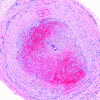
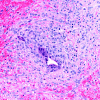
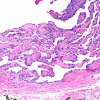
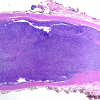
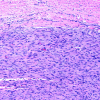
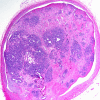
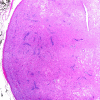
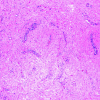
References
-
- Fleming AN, Smith PJ. Vascular cell tumors of the hand in children. Hand Clin. 2000;16:609–24. - PubMed
LinkOut - more resources
Full Text Sources

